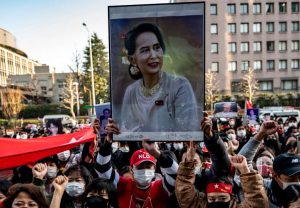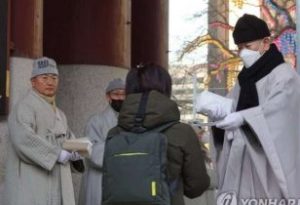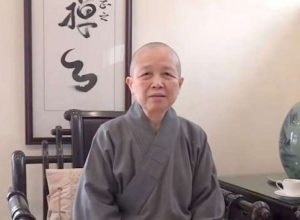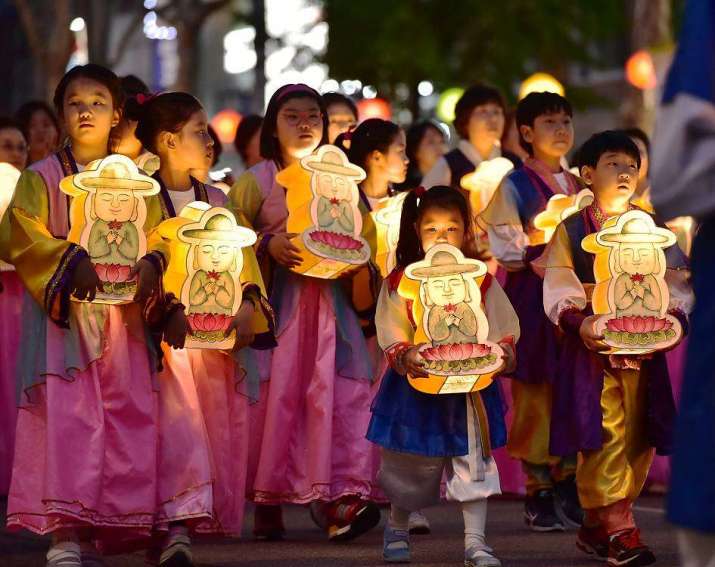
Yeondeunghoe (연등회) a Korean festival of light popularly known as the Lotus Lantern Festival, traditionally held in the spring to celebrate the birth of the Buddha, has won a place on UNESCO’s Representative List of the Intangible Cultural Heritage of Humanity. The annual festival can be interpreted as sharing the light of wisdom, compassion, and peace with the world, as well as hopes and wishes for happiness and social harmony.
Yeondeunghoe was confirmed as an intangible cultural heritage during the 15th session of the UNESCO Intergovernmental Committee for the Safeguarding of the Intangible Cultural Heritage, which was held online in December. South Korea is now home to 21 UNESCO intangible heritage assets, including ssireum (traditional Korean wrestling), kimjang (the making and sharing of kimchi), the folk song “Arirang,” the royal ancestral rites and ritual music of the Jongmyo shrine, and pansori narrative folk songs.
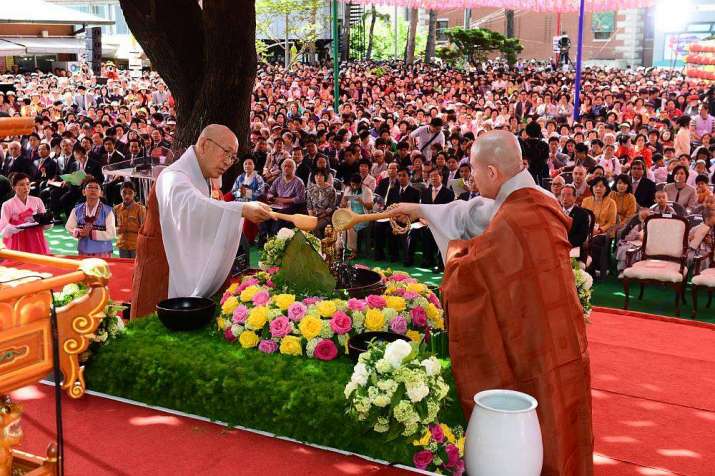
“It is with great pleasure that the evaluation body highly commends Yeondeunghoe for its function in encouraging dialogue among communities and cultures, which leads to enhancing the visibility of intangible cultural heritages in general,” said Chung Jae-suk, an official from Korea’s Cultural Heritage Administration. “I do anticipate that the spirit of dialogue of Yeondeunghoe will be widely shared, offering inspiration in addressing conflicts between countries.” (The Korea Times)
The Lotus Lantern Festival has a history that stretches back more than 1,200 years to Korea’s ancient Silla (신라) period (c.57 BCE–935 CE). In the historical text Samguk Sagi (History of the Three Kingdoms), completed in 1145, during the Unified Silla kingdom (668–935), King Gyeongmun and Queen Jinseong visited Hwangnyong Temple to observe lanterns on the occasion of the first full moon of the year in 866 and 890.
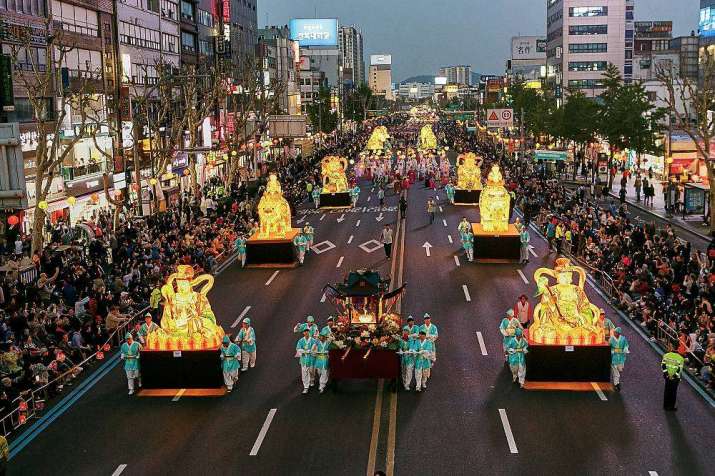
Described as the largest festival of its kind in the world, visitors to the annual event have been recorded as exceeding 350,000 (including local residents and foreign tourists). Among a variety cultural events, displays, and performances at Buddhist temples and public venues, the festival includes a famous parade of more than 100,000 lanterns along a three-kilometer route through the streets of downtown Seoul.
Commemorations for the birthday of Buddha, a public holiday in South Korea, are known as Bucheonim Osin Nal (부처님 오신 날) meaning “the day the Buddha came,” and Seokga Tansinil (석가탄신일) or “the Buddha’s birthday.” The festival is observed on the eighth day of the fourth month of the lunar calendar, which usually falls during May, but last year fell on 30 April.
In May last year, Korea’s Buddhist community announced that the annual festival had been canceled as a precautionary measure following a cluster of COVID-19 infections in the Korean capital.* This year’s festival has been scheduled for April to May, with the main lantern parade on 15 May. The lantern festival has been canceled only three times in modern Korean history, including once in 1961, when martial law was proclaimed in Seoul during the April Revolution, and in 1980, during the Seoul Spring pro-democracy movement.
By assigning Intangible Cultural Heritage status, UNESCO aims to help protect traditions, knowledge, and skills that have been passed along through generations, so they are not lost or forgotten with the passage of time.
“Lighting the lanterns . . . symbolizes enlightening the minds of individuals, communities, and all of society through [the] Buddha’s wisdom,” UNESCO said. “The related knowledge and skills are mainly transmitted through Buddhist temples and communities, and the Yeondeunghoe Safeguarding Association plays a notable role through the organization of educational programs. The festival is a time of joy during which social boundaries are temporarily erased. In times of social difficulties, it plays a particularly important role in integrating society and helping people overcome the troubles of the day.” (UNESCO)
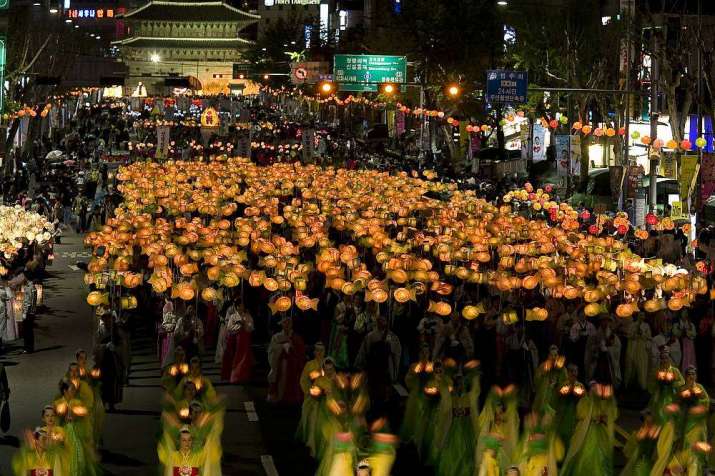
According to census data for 2015, the majority of South Korea’s population—56.1 per cent—holds no religious affiliation. Christians make up the largest religious segment of the population at 27.6 per cent, while Buddhists account for 15.5 per cent.
* Korean Buddhists Cancel Lotus Lantern Festival as Pandemic Caution Lingers (Buddhistdoor Global)
See more
Yeon Deung Hoe
Yeondeunghoe, lantern lighting festival in the Republic of Korea (UNESCO)
South Korea’s lotus lantern lighting festival inscribed as UNESCO world heritage (The Korea Herald)
Korea’s lantern festival becomes UNESCO intangible cultural heritage (The Korea Times)




